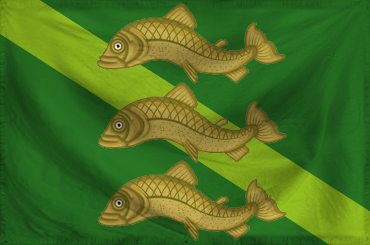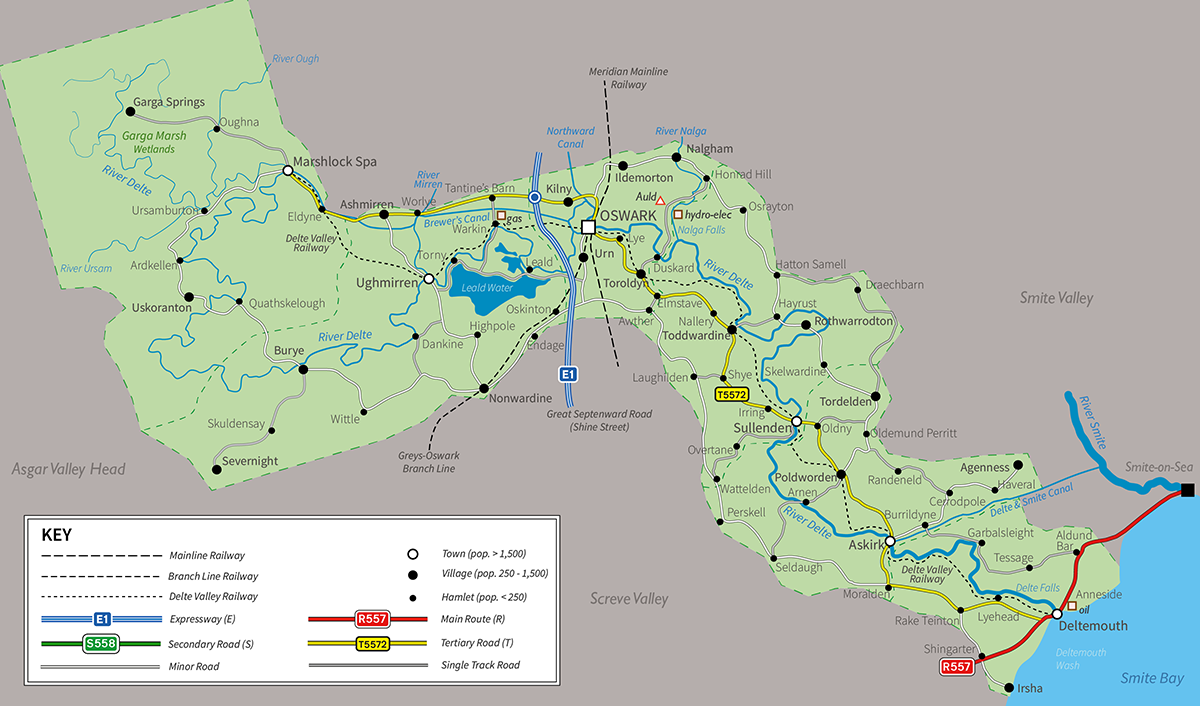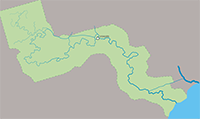
WELCOME TO THE DELTE VALLEY OBSERVER
Aggregated information wire for The Stoic Community of the Delte Valley
OSWARK-UPON-DELTE: The editors of the Oswark Parish Advertiser, Sullenden Morning Bugle, Ughmirren Broadsheets, Deltemouth Tide Times, Toddwardine Beastmarket Journal & News Of The World, Burye News and other reputable media organisations of the valley announce a collaborative aggregation project, the Observer, to provide a syndicated news and information feed to the worlds - based on the assumption that, surely, the worlds need to know what is occuring along the banks of our glorious River Delte. Or maybe also to encourage tourism. Money, you see.
Questions, comments, complaints or compliments? Please do not post in the thread - address your concerns to the editor via TG
QUICKFACTS: Delte is a narrow populated strip of fertile river valley approximately fifteen kilometres wide and ninety long, along the length of the course of the River Delte, located in a wild, largely empty and unnamed region and isolated from the nearest geopolitical entities and populous distant communities at the far corners of the cartographer’s charts, save for transportation routes - rail and road - which pass through the valley on the way from one significant populated centre to another, hardly without stopping. The valley sits in a largely north-west to south-east orientation from the river source in the marches to its issue in Smite Bay at Deltemouth, and the river itself is approximately 170 kilometres in length, of which around 75% is navigable by commercial craft with a series of controlled locks.
The main administrative and cultural centre of the Delte Valley is Oswark, or Oswark-upon-Delte to give it the correct and formal title. The population of the market and tourist town is approximately 12,000 and makes up around 25% of the total population of the river community, which is around 48,000 at the last census. The community is administered by the Delte River Trust, DRT, with the elected board representing a cabinet and the Managing Director the de facto ‘head of community’. Tessa Sack is the present MD for the Trust; she commutes to the DRT office at Oswark Lock from her home in a typical rural farmstead off the beaten track in the wilds of the valley.YOUR ROADMAP FOR THE DELTE VALLEY







